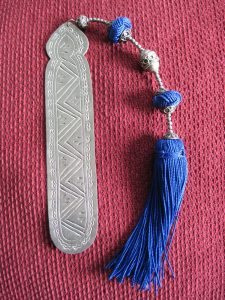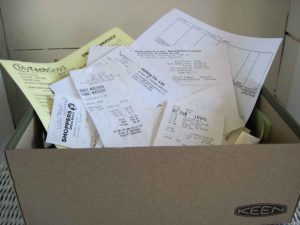In my “book,” anything that makes reading easier and accessible to more people is a good thing. E‑books and e‑readers are bringing a whole new dimension to the reading experience and who can argue with that?
An amazing feature is being able to read an e‑book in the dark. You can also adjust the size of the text, highlight passages and look up the meaning of words. Best of all, you have access to tons of books instantly and can carry them all on one portable device.
Yep, e‑books are definitely made for travelling. The next time I take a trip to a foreign country, I’ll consider carrying my reading material on an e‑reader. Just think how much more room I’ll have to pack clothes and shoes if I do away with my usual six pack of pocket books!
But in my heart of hearts I’ll always love paper books. To begin with, I grew up with them, so they’re familiar and comfortable. I love holding a book in my hands and turning the page to find out what happens next.

Besides, paper books are incredibly versatile. As decorating accessories they add colour and intellectual cachet to your shelves. They can also serve as door props, as well as do double-duty as storage areas for postcards from exotic lands and interesting leaves found on walks.
If you’re an author you can discretely place books you’ve written around the house for visitors to “discover.” And signed copies make great last minute gifts.
Paper books are forgiving too. They’re usually still readable even after being splashed with red wine or smeared with chocolate. Even a dunk in the bathtub doesn’t have to spell the end.
But most of all, I like reading what other people have written on a book’s flyleaf. A hard cover book I picked up at a garage sale was inscribed: “To Edna, with love on our first Christmas together. From your Jack. December 1932.”
So e‑books get my vote when it comes to convenience. But if you’re looking for character, paper books are the way to go. If you have any doubts, check out Lane Smith’s one minute video, It’s A Book.




